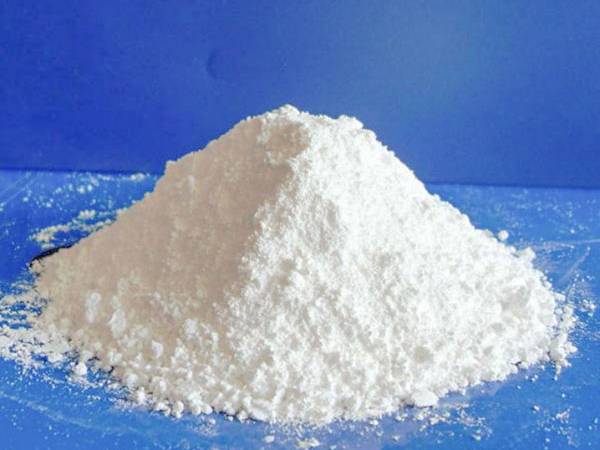



Safety Information and Handling Guidelines for Sodium Hydroxide
Safety Data Sheet of Sodium Hydroxide An Overview
Sodium hydroxide, commonly known as caustic soda or lye, is a highly alkaline substance with a wide range of industrial and household applications. When handling sodium hydroxide, it is crucial to refer to its Safety Data Sheet (SDS) to understand the potential hazards and safe handling practices associated with this chemical.
Chemical Identification
Sodium hydroxide (NaOH) is a white, odorless solid available in various forms, including pellets, flakes, and solutions. It is highly soluble in water, leading to an exothermic reaction that can cause burns upon contact. Its strong alkaline nature makes it a powerful agent for pH adjustment and a key ingredient in various cleaning products, manufacturing processes, and as a laboratory reagent.
Hazard Identification
According to the SDS, sodium hydroxide poses several risks. It is classified as a corrosive substance, capable of causing severe skin burns and eye damage upon direct contact. Inhalation of sodium hydroxide dust or mist can lead to respiratory tract irritation. The SDS categorizes it as a severe hazard, indicating the necessity for appropriate protective measures when handling the chemical.
Handling and Storage
When working with sodium hydroxide, it is essential to use personal protective equipment (PPE) to minimize exposure. Recommended PPE includes gloves, goggles, and protective clothing. Work in a well-ventilated area, preferably under a fume hood, to reduce the risk of inhalation.
safety data sheet of sodium hydroxide

Sodium hydroxide should be stored in a cool, dry place, away from incompatible materials such as acids, organic substances, and metals. Containers must be tightly sealed to prevent moisture absorption and should be clearly labeled to avoid accidental mixing.
First Aid Measures
In case of accidental exposure, the SDS outlines specific first aid measures. For skin contact, immediately flush the affected area with plenty of water for at least 15 minutes. Remove contaminated clothing and seek medical attention. If sodium hydroxide enters the eyes, it is critical to rinse them with water for at least 15 minutes, lifting the eyelids, and to seek immediate medical care.
Inhalation of sodium hydroxide can cause respiratory irritation. If symptoms appear, the affected individual should be moved to fresh air, and medical assistance should be sought if breathing difficulties occur. Ingestion of sodium hydroxide is extremely dangerous and requires immediate medical attention; do not induce vomiting.
Environmental Considerations
Sodium hydroxide poses risks not only to human health but also to the environment. It is highly corrosive and can cause significant damage to water bodies and aquatic life if improperly disposed of. The SDS advises that sodium hydroxide should not be released into the environment and must be neutralized before disposal. It is recommended to follow local regulations for hazardous waste disposal to mitigate environmental impacts.
Conclusion
Sodium hydroxide is a versatile chemical that is widely used across various industries. However, it is crucial to recognize its potential hazards and follow safety protocols outlined in the Safety Data Sheet. By understanding the properties, risks, handling, and first aid measures associated with sodium hydroxide, individuals can work safely and effectively with this essential compound. Always prioritize safety and adhere to proper storage and handling guidelines to prevent accidents and ensure a safe working environment.
-
Why Sodium Persulfate Is Everywhere NowNewsJul.07,2025
-
Why Polyacrylamide Is in High DemandNewsJul.07,2025
-
Understanding Paint Chemicals and Their ApplicationsNewsJul.07,2025
-
Smart Use Of Mining ChemicalsNewsJul.07,2025
-
Practical Uses of Potassium MonopersulfateNewsJul.07,2025
-
Agrochemicals In Real FarmingNewsJul.07,2025
-
Sodium Chlorite Hot UsesNewsJul.01,2025










